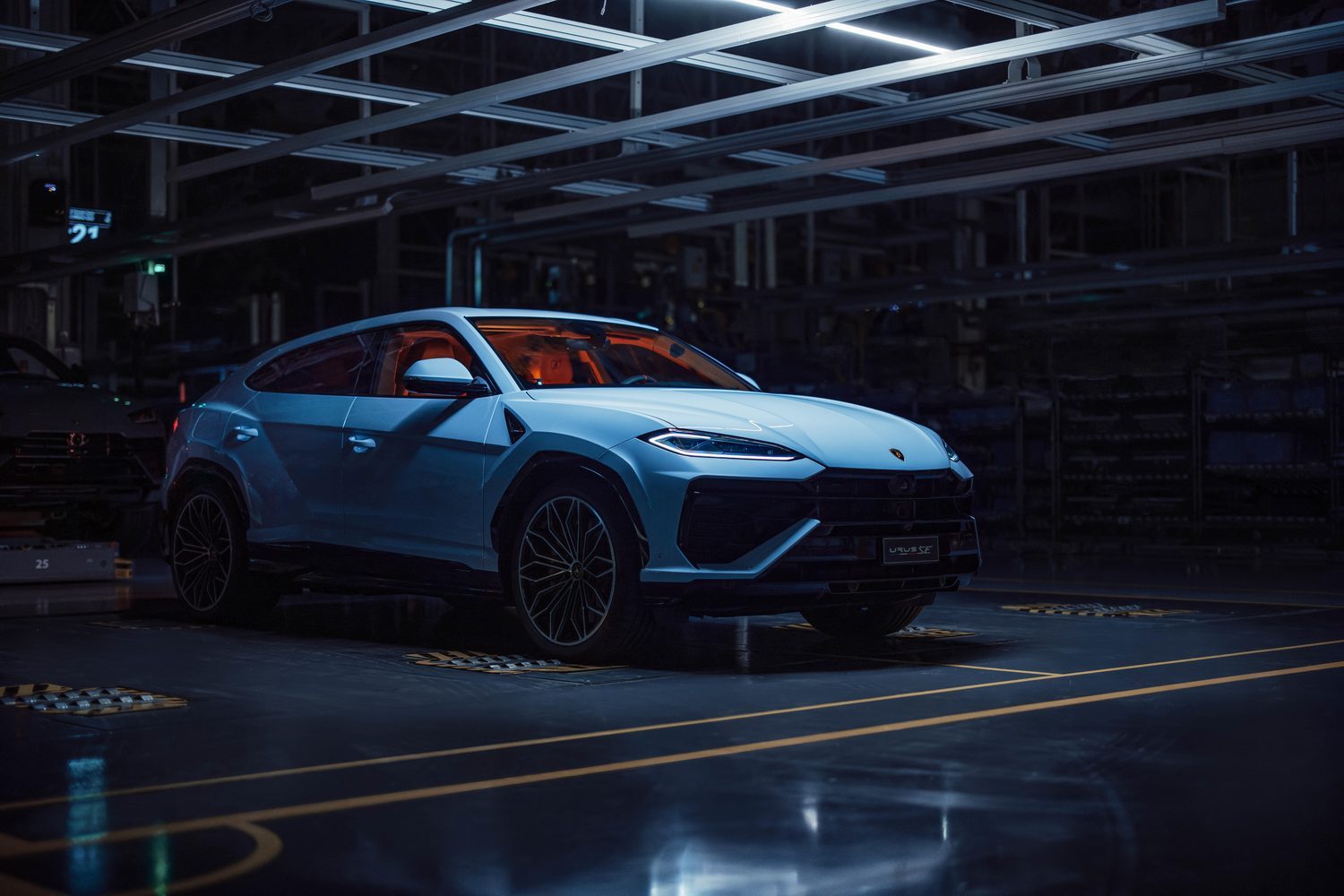Lamborghini has revealed a new version of the Urus that claims to be the world’s first plug-in hybrid super-SUV. Squeezing an enormous 800hp from its V8 plug-in hybrid system, it’s unlikely to win any awards from Greenpeace, but the “two hearts” make it slightly faster than the existing, petrol-powered Urus S.
Plug-in power
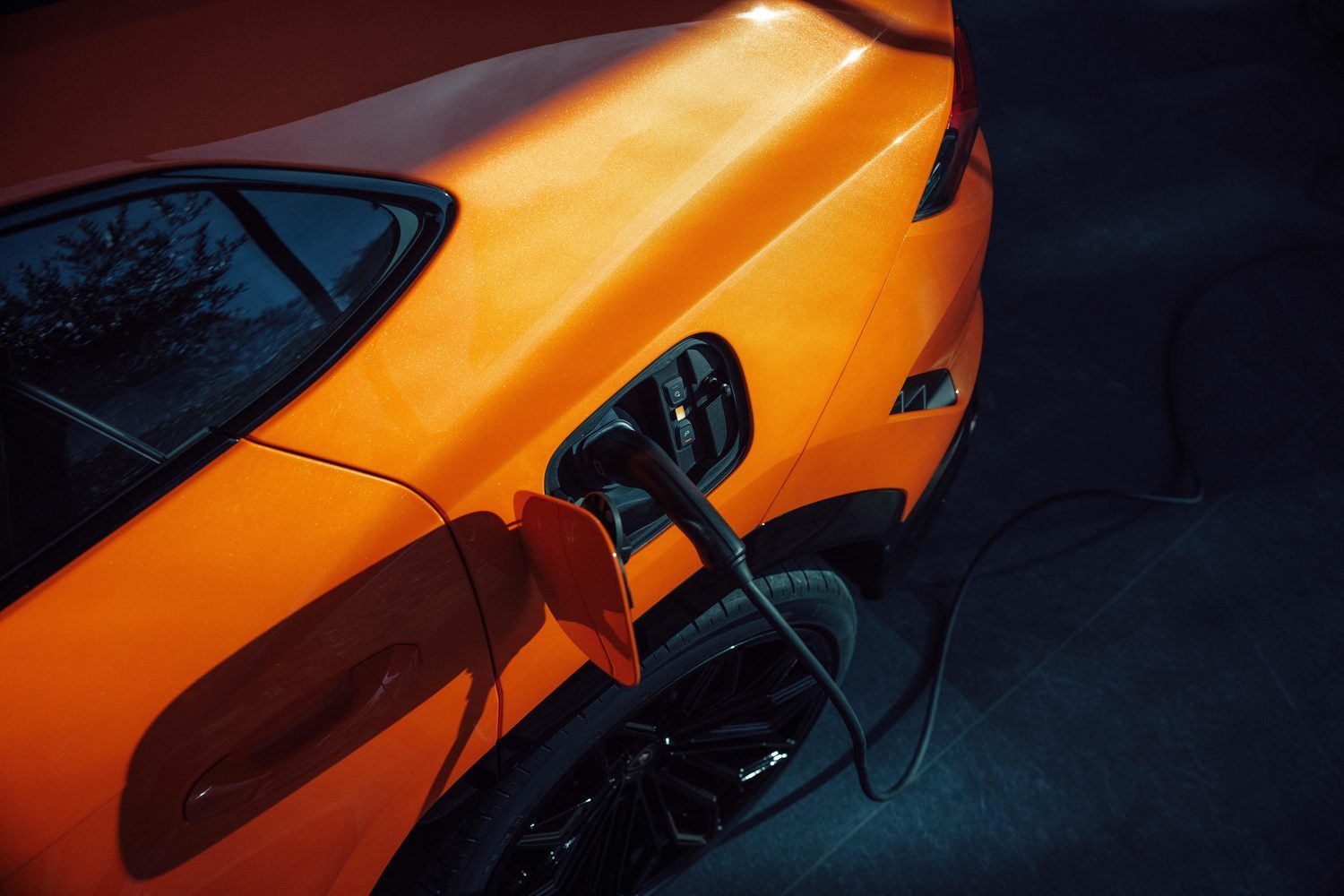
Lamborghini’s Urus models have always used V8 power, but this is the first time the Italian brand has added an electric motor to the equation. So while the 4.0-litre turbocharged V8 under the bonnet produces 620hp all by itself, there’s now a 192hp electric motor to help it along. Together, the two combine to produce 800hp (apparently, they can’t both provide full power at the same time), and that heads to all four wheels via an eight-speed automatic gearbox.
As a result, the Urus SE can get from 0-100km/h in 3.4 seconds, making it a tenth of a second faster than the Urus S. And the top speed of 312km/h is also 7km/h faster than that of the Urus S.
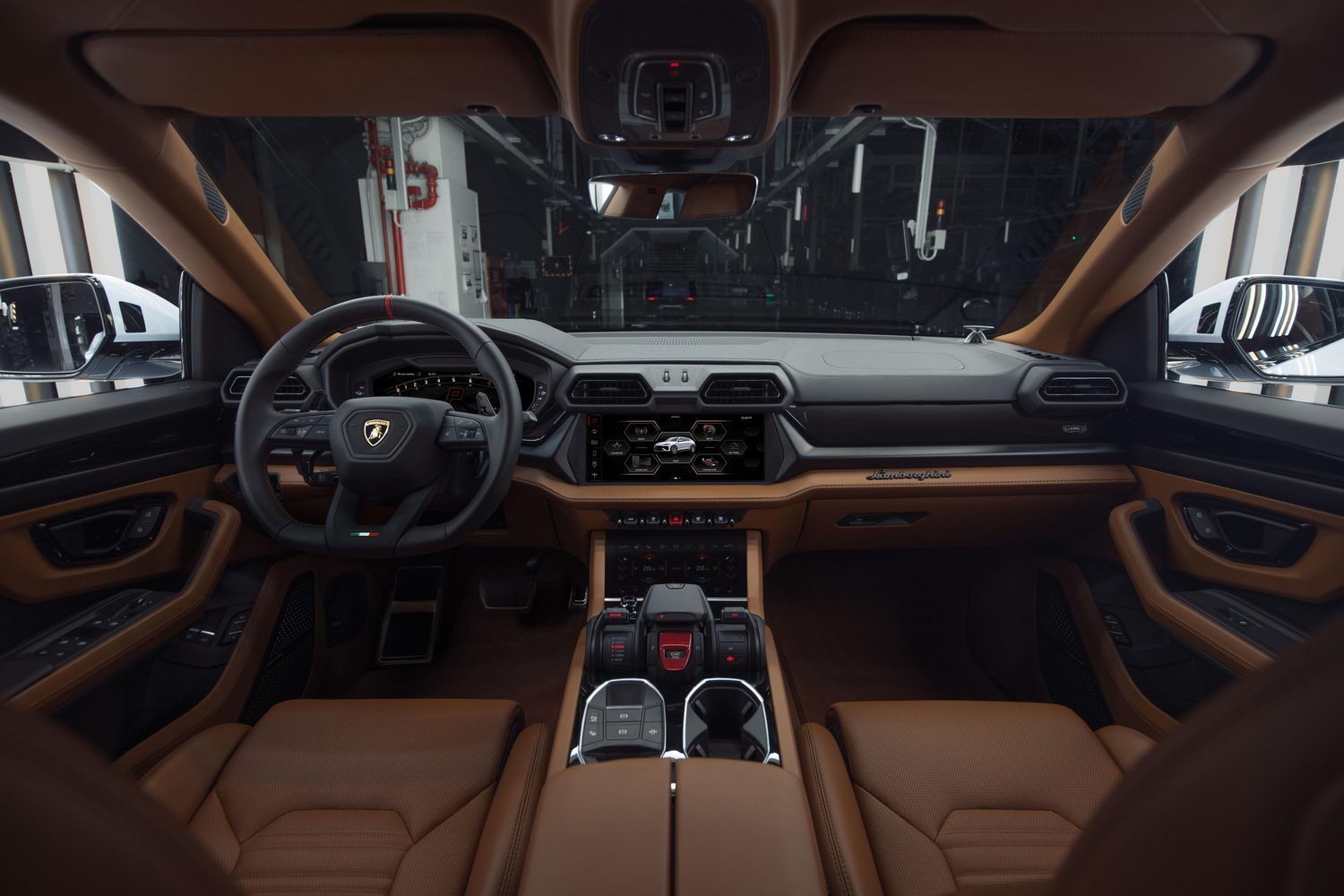
But as with all plug-in hybrids, the power isn’t the only attraction of the new Urus SE. The car gets a 25.9kWh battery under the boot floor, driving the electric motor that’s integrated into the gearbox. Together, the two allow the Urus to travel more than 60km on electric power alone, according to the official economy test. Quite what that means for economy and emissions is not yet clear, though, and Lamborghini has not even confirmed how long the battery takes to charge.
Clever tech for better handling
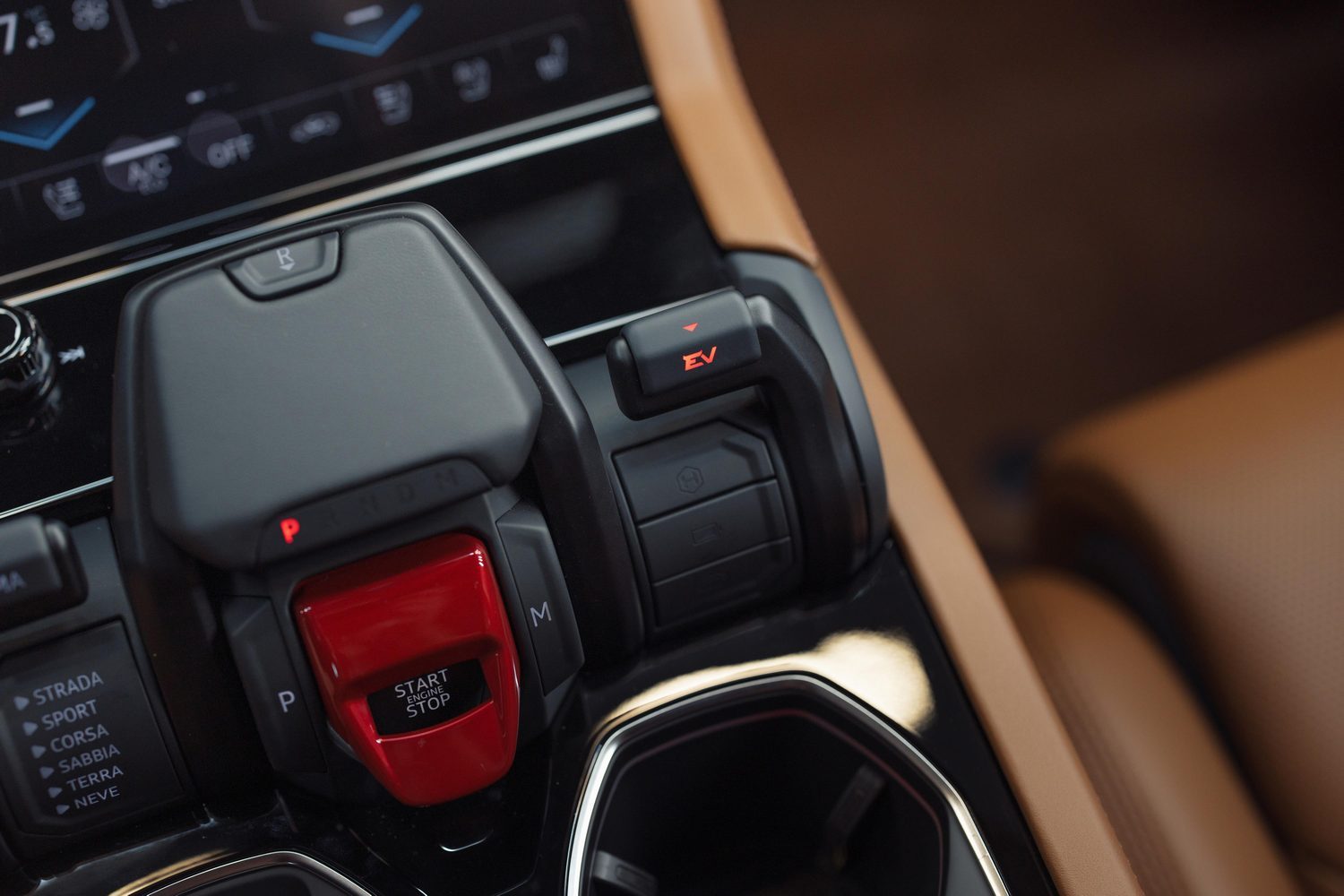
As well as providing huge amounts of power and zero-emission capability, the Urus SE also uses its powertrain technology to help with handling. There’s an electric torque vectoring system that distributes power between the wheels, and there’s an electronic rear differential. Working in tandem with the drive modes, the system allows the onboard computers to configure the car appropriately for the terrain and driving conditions. Lamborghini has even tuned the power delivery to provide oversteer in some situations, just as one of the brand’s more rear-biased supercars would.
Tweaked aerodynamics
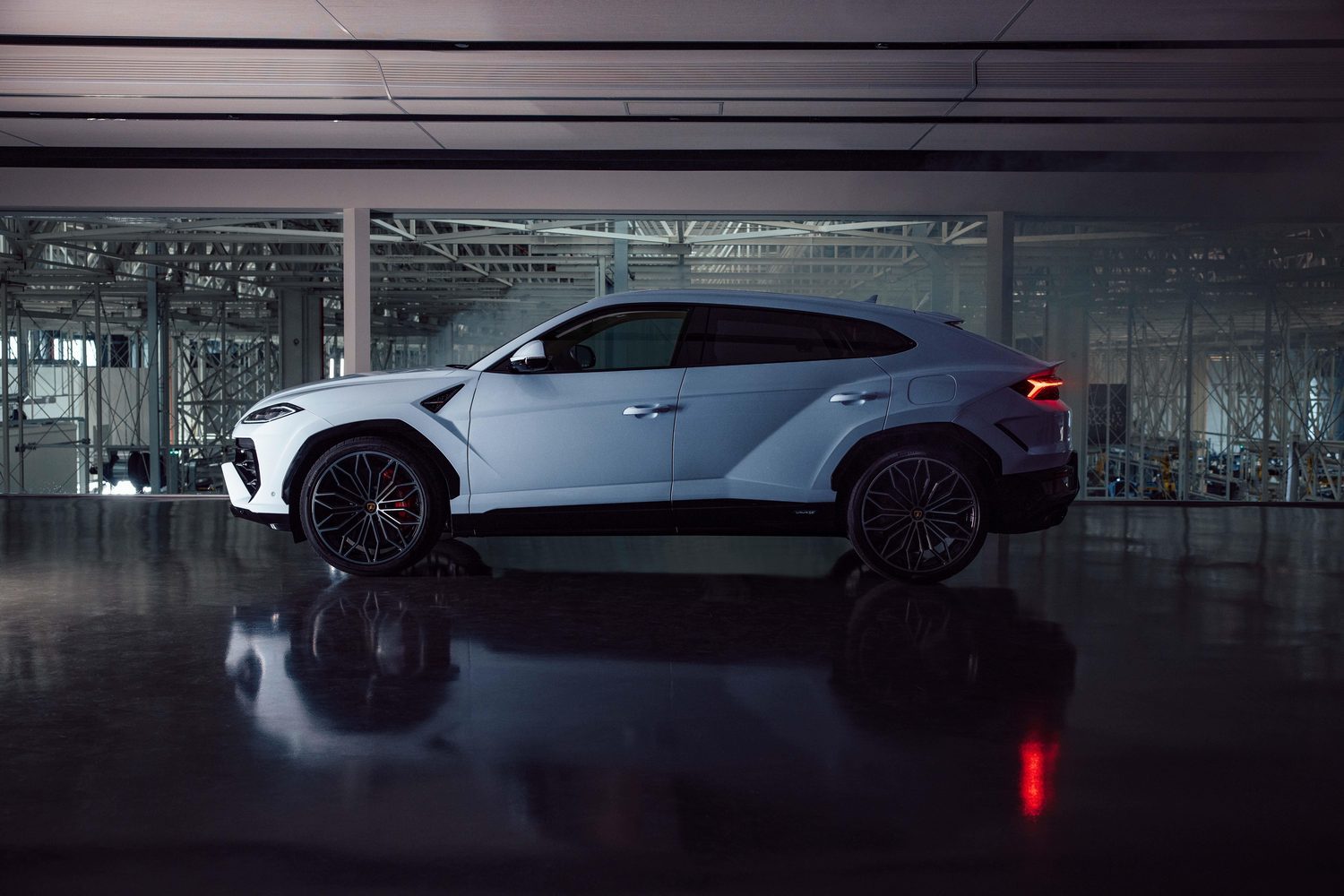
Not all Lamborghini’s changes can be found under the skin. The company has also tweaked the bodywork to improve aerodynamic efficiency, fitting a new bonnet, new bumpers and a new grille, as well as new lights at the front and rear. There’s a new spoiler and diffuser set-up, too, which Lamborghini claims will improve rear downforce by 35 per cent compared with the Urus S.
New underbody air vents and ducts also play their part in improving the car’s aerodynamic properties, providing a 15 per cent improvement in the flow of cooling air to the engine bay and other mechanical components. What’s more Lamborghini also reckons the new nose and underside have allowed a 30 per cent improvement in brake cooling.
Modified cockpit
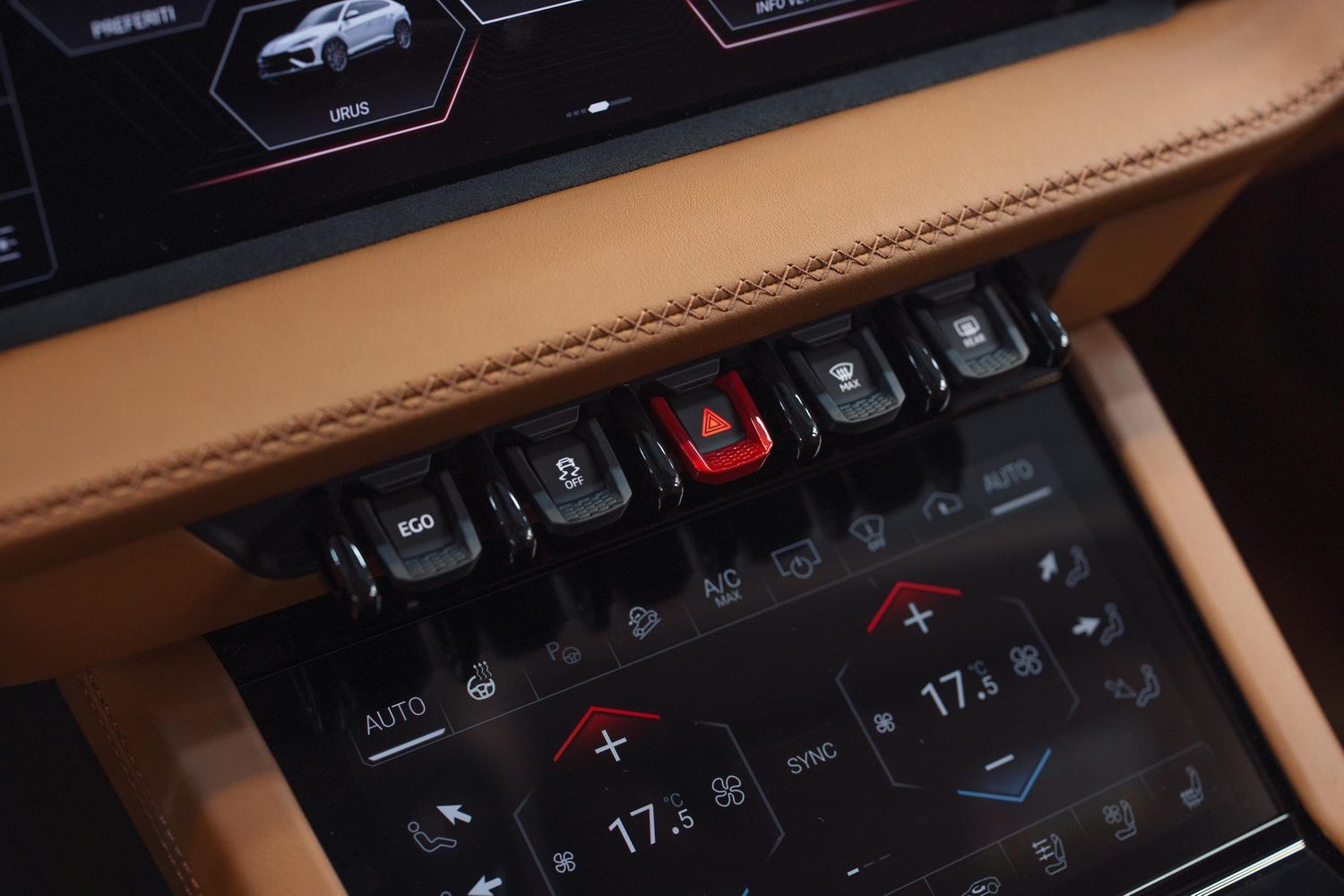
There are changes to the interior, too, where the most prominent modification is the new 12.3-inch touchscreen infotainment screen, which uses the same software as that of the Revuelto supercar. That works with the new digital instrument display to provide drivers and passengers with in-car information and entertainment options. However, the tech upgrades have been joined by new materials for the dashboard and seats, as well as new air vents.
“With the Urus we changed the paradigms of the SUV world, ushering in a new segment,” said Stephan Winkelmann, Lamborghini’s chairman & CEO. “In just a few years, the Urus has become our brand’s bestseller, enabling Lamborghini to attract new customers and strengthen its position in the most important markets. With the Urus SE, we’ve taken another step towards the future in line with our Direzione Cor Tauri strategy, moving ahead with the electrification of the range and the path toward decarbonization that began with the introduction of the Revuelto super sports car in March 2023.”


